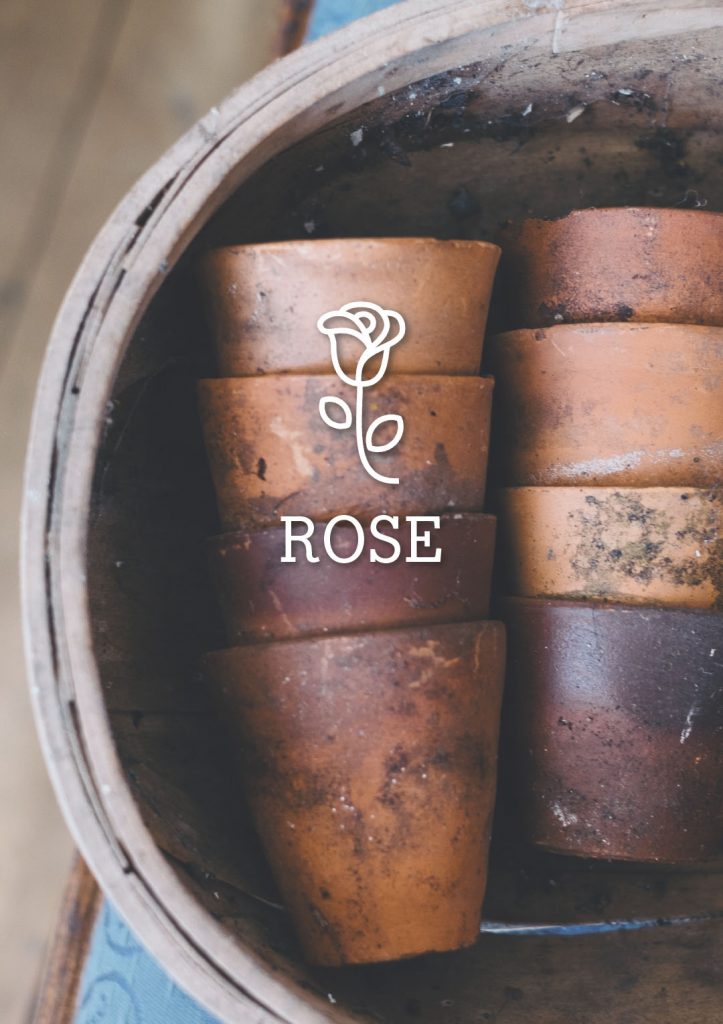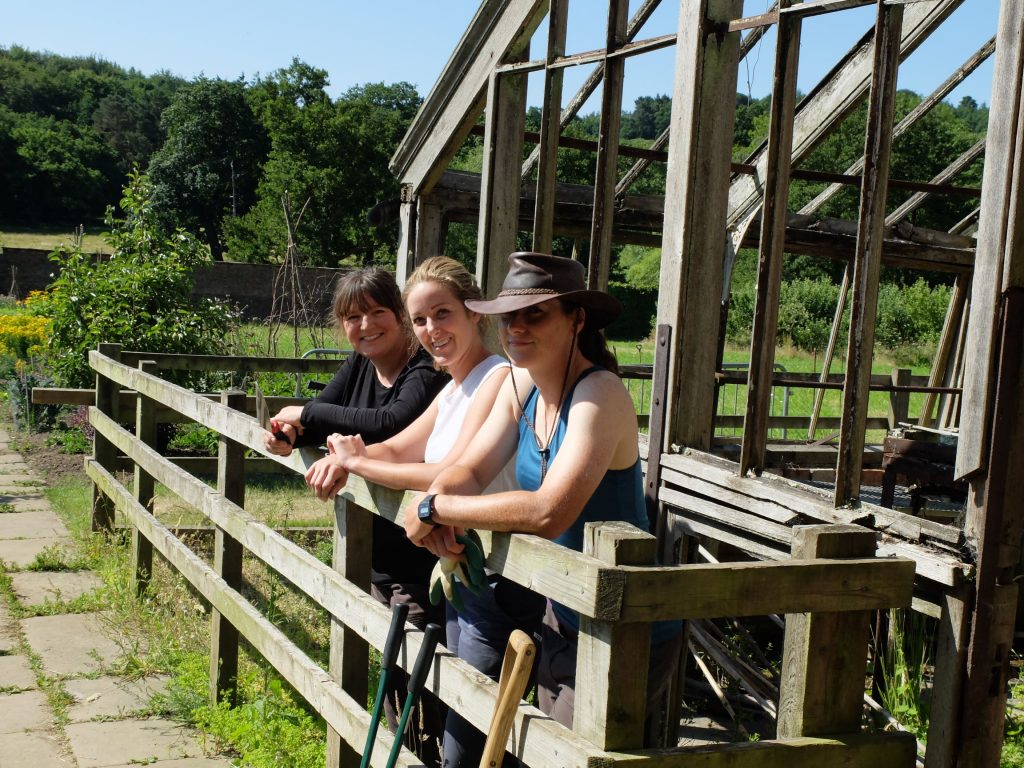 You may mourn the passing of the glorious summer weather, but autumn is definitely my favourite time of year. There is a special clarity of light across Harewood, as the leaves turn colour and people return, to enjoy long, lingering walks around the lake. This year we wanted to focus on that much used term ‘health and wellbeing’ and what that really means to us and how Harewood can play a part.
You may mourn the passing of the glorious summer weather, but autumn is definitely my favourite time of year. There is a special clarity of light across Harewood, as the leaves turn colour and people return, to enjoy long, lingering walks around the lake. This year we wanted to focus on that much used term ‘health and wellbeing’ and what that really means to us and how Harewood can play a part.
I suspect many of us are feeling the pace of life picking up again. My boys are back to school, my work diary is a complicated patchwork of meetings, events and talks. In the past 7 days alone, I’ve been to the opening of the Turner Prize, seen the extraordinary Oceania exhibition at the Royal Academy (yes with Meghan Markle on her first solo engagement!) and am in the midst of the annual art frenzy that is the Frieze Art Fair. Next Monday I’ve been invited to see Rachel Whiteread’s specially commissioned piece in the beautiful Dalby Forest. What strikes me in all of this, is our constant need to create – to fashion works out of materials, to celebrate what others have created and take a moment to wonder at beautiful and sometimes challenging pieces.
That need to create, to renew ourselves and to stop the daily grind of life just for a moment is really powerful. Ironically in a time when we are more connected than ever, we often feel quite disconnected and feel the need to take time out.
I would love everyone to take a moment here at Harewood to appreciate that new crispness in the air, to relish wearing our favourite jumpers again and tuck into some heartier fare. Hot chocolates, cheese toastie and waffles have all crept on to our menus and I for one, will need to resist the need to eat, as though I am going into hibernation! I am rather useless at baking, but that doesn’t stop me appreciating the wonderful produce from our walled garden, turning into bakes, crumbles, stews and steaming soups to tempt us all…..taking time to make things, rather than just talking about it.
The next Autumn Glory Festival: Craft & Colour, takes place on Saturday 20 and Sunday 21 October.
To keep up to date with behind the scenes stories, follow us on Facebook, Twitter and Instagram.
www.facebook.com/harewoodhouse / www.instagram.com/harewoodhouse / www.twitter.com/HarewoodHouse




